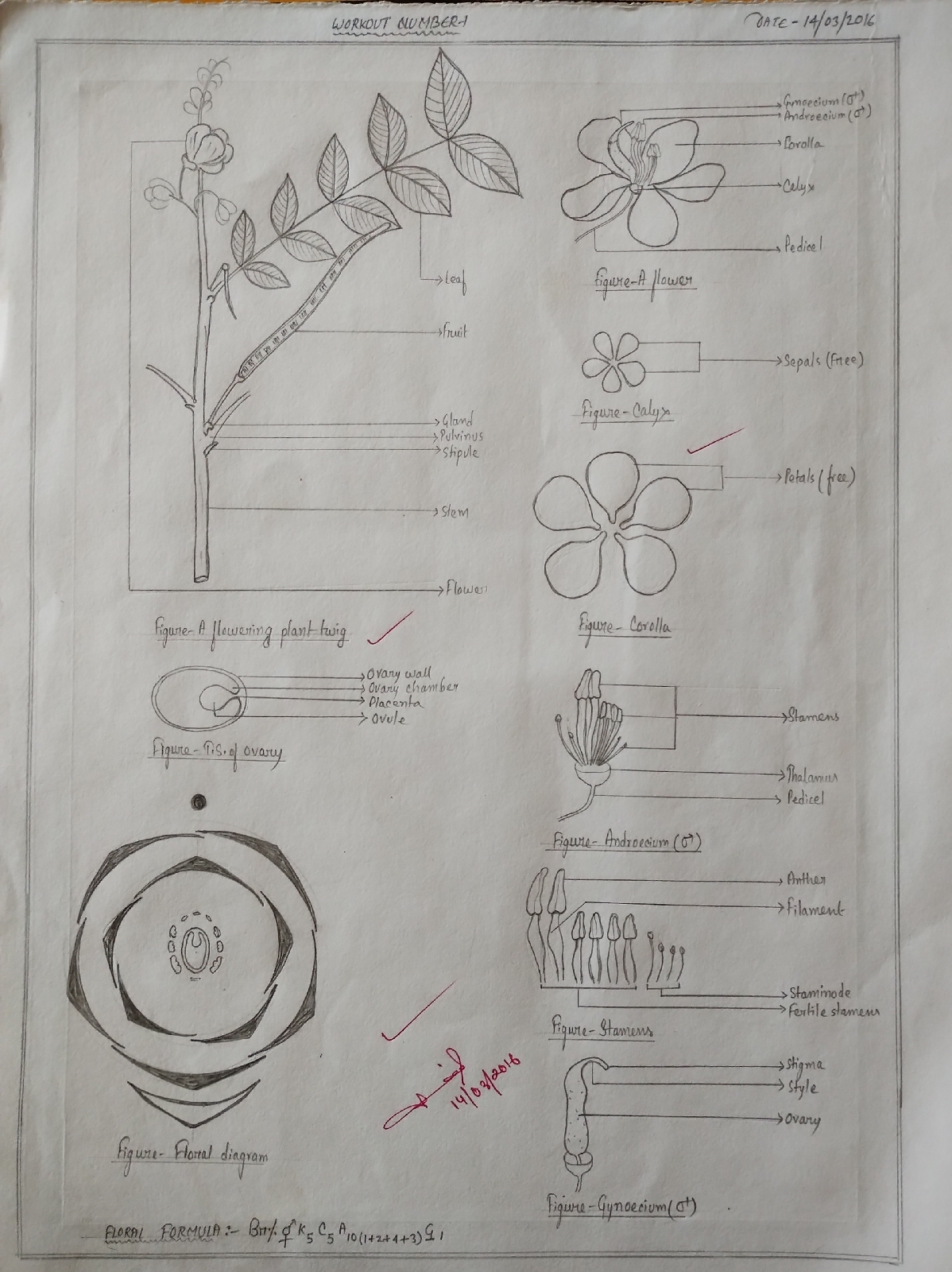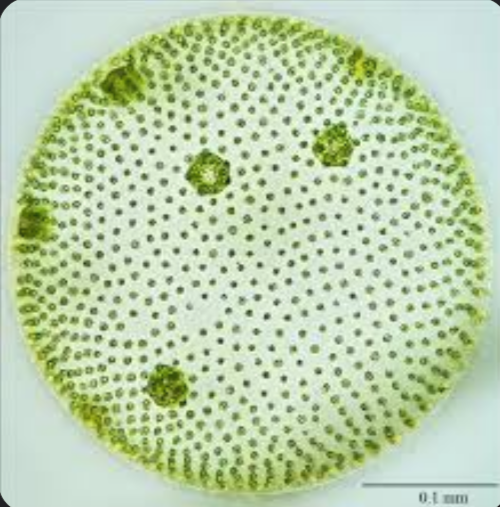বোটানি মাইনর
Q.1. Write a note on Fungal classification based on Ainsworth,1973 : (upto Sub-division with diagnostic characteristics and examples). Classification of Fungi/ছত্রাকের শ্রেণীবিন্যাস বিজ্ঞানী আইনসওয়ার্থ, ১৯৭৩ সালে যে শ্রেণীবিন্যাস করেন তা আলোচিত হল:- Kingdom :- Mycota : তিনি সকল ছত্রাক গুলোকে এই রাজ্যের অন্তর্ভুক্ত করেন।এদের দুটি ডিভিসনে ও পরে সাব-ডিভিসনে ভাগ করেন এবং সাব-ডিভিসনক গুলোকে শ্রেণিতে (classes) বিভক্ত করেন। বৈশিষ্ট্য: (১) দেহ ক্লোরোফিল বিহীন। (২) পরজীবী বা মৃতজীবী। (৩) আদর্শ নিউক্লিয়াস যুক্ত। (৪) ঊমাইসেটিস ছাড়া সকল ছত্রাকের কোষপ্রাচীর কাইটিন দিয়ে গঠিত। (৫) গ্লাইকোজেন সঞ্চিত খাদ্য বস্তু। (৬) জনন অঙ্গজ, অযৌন বা যৌন প্রকৃতির। Division Myxomycota: (১) অঙ্গজ দেহ প্লাজমোডিয়াম বা প্লাজমোডিয়াম সদৃশ। এই ডিভিসন সরাসরি ৪ টি শ্রেণিতে বিভক্ত হয়েছে। উদাহরণ Dictyostelium, Sparina, Stimonetes, Plasmodiophora, ইত্যাদি। Division Eumycota: (১) থ্যালাস ইউক্যারিওটিক। (২)...





